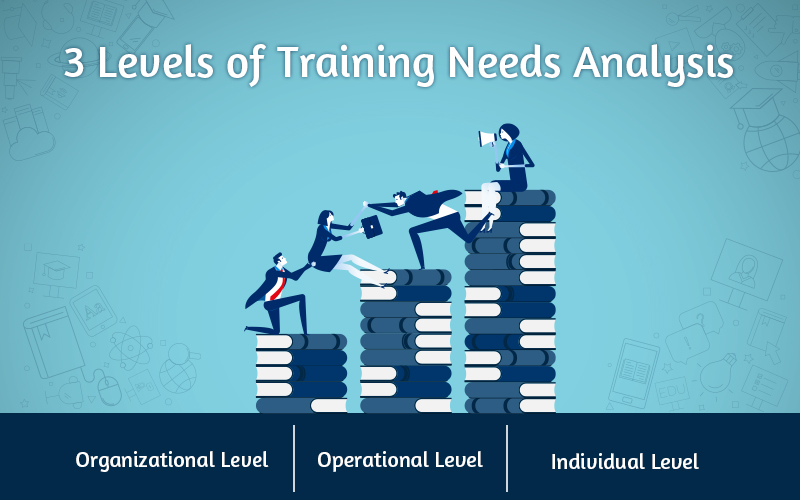How to Link Learning Objectives to Organizational Goals in Rapid eLearning? [Infographic]
![How to Link Learning Objectives to Organizational Goals in Rapid eLearning? [Infographic] How to Link Learning Objectives to Organizational Goals in Rapid eLearning? [Infographic]](https://blog.commlabindia.com/hubfs/blogs/how-link-learning-objectives-organizational-goals-info.jpg)
In the fast-paced world of today, information is changing constantly. This poses a major problem in continuing with traditional learning methods as they become increasingly outdated quite frequently. In such situations, rapid eLearning stands up to the challenge and ensures high-quality training courses quickly. This allows organizations to adapt quickly to changes and deliver effective training to their workforce.
While speed stands tall on rapid eLearning’s notable characteristics list, it also offers other benefits such as cost-effectiveness, flexibility, accessibility, and scalability. With that said, all these benefits of rapid eLearning are only possible when your learning objectives are aligned with your organizational goals.
→ Download Now: Instructional Design Strategies for Engaging eLearning Course
In this blog, we’ll first understand why there’s a need to link learning objectives to organizational goals in rapid eLearning and then explore how you can do so. Are you ready? Let’s begin.
Why Link Learning Objectives to Organizational Goals in Rapid eLearning
Establishing a strong link between learning objectives and organizational goals is important because of the following reasons:
- It maximizes the impact of rapid eLearning.
- Alignment between learning objectives and business goals ensures that training initiatives contribute directly to the success of the organization. So whether there is some change in the market trends, organizational structure, goals, or strategy, learning objectives can always be modified to ensure the training programs stay relevant.
- It also helps employees understand how their learning objectives contribute to broader organizational objectives. This fosters learner engagement, motivation, and participation, thereby improving overall completion rates and maximizing training ROI.
- Sets stage for conducting training need analysis. This helps organizations to identify key skills and knowledge areas integral for the organization's success and where they need to improve.
- Strong link between objectives and goals plays an integral role in the development of targeted training programs. These training initiatives address specific needs and challenges within the organization to promote the growth of both employees and the business.
- Linking learning objectives to organizational goals also creates a sense of purpose and relevance. For employees, it acts as a guiding map to reapizing how their skills and learning actually contributes to the bigger picture. This motivates them to continue learning and improving.
- It also assists in resource optimization as training initiatives can be focused on developing skills that are directly linked to organizational goals. This helps in avoiding unnecessary or irrelevant training.
- Provides a foundation for strategic decision-making, as leaders can assess the skills and knowledge gaps hindering organizational progress and implement targeted solutions.
- Enables measurable training outcomes through business growth and sucess, thereby reflecting the effectiveness of training programs.
How to Link Learning Objectives to Organizational Goals in Rapid eLearning
To Sum It Up!
In today’s quickly-changing, fiercely-competitive business world, relevant training initiatives are the anchor of successfully sailing corporate ships. While rapid eLearning is ensuring speed and high-quality in eLearning design and development, it is equally important that the learning objectives are well-aligned with the organizational goals. It is the learning objectives that set the foundation for rapid eLearning courses.
Rapid eLearning and learning objectives linked to organizational goals together ensure that the businesses keep pace with the fast-changing market scenarios. So next time you design a rapid eLearning course, don’t forget to pay attention to the learning objectives. And if you have successfully covered that part, here’s the next step. Instructional design strategies to help you create and deliver engaging training courses. Check out the free eBook below!



.jpg?width=900&height=2250&name=how-link-learning-objectives-organizational-goals-info%20(2).jpg)



